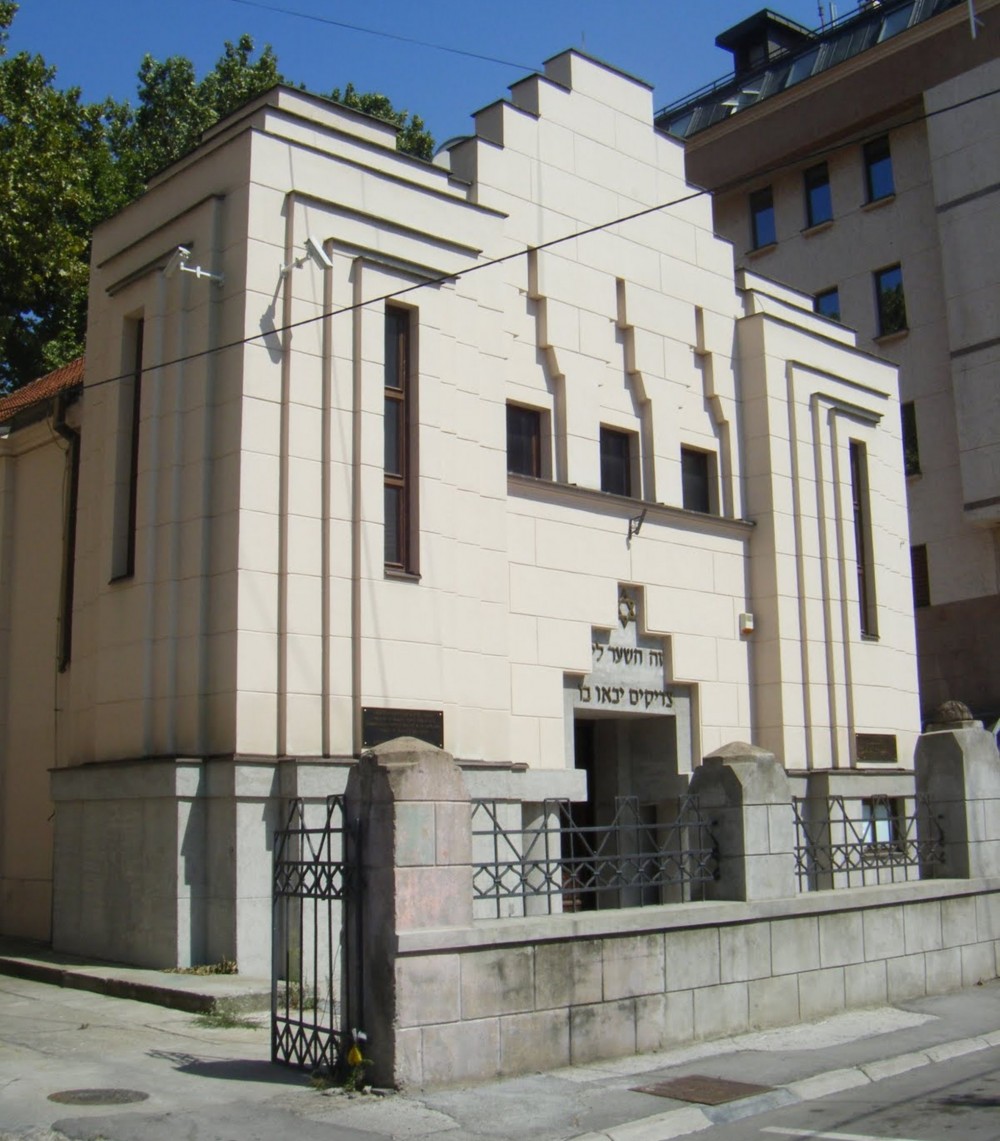
As early as the first months after the Second World War had ended, newly founded Jewish communities were beginning to form in Germany. These communities were established further in the years to follow, in the course of which new synagogues and community centers were erected. In today’s perceptions, these building projects are often seen in the context of the efforts of gentile society to make reparations (Wiedergutmachung). This article examines the possibilities and conditions under which non-Jewish post-Nazi society was operating in regard to enabling “Jewish building (Jüdisches Bauen)”, and highlights the tremendous influence that political action has had on the projects of the Jewish communities. The synagogue projects in Mannheim and Würzburg are used as examples to illustrate this issue as it reflects in the Federal Republic of Germany. This article brings forth, for the first time, a description of the situation in the German Democratic Republic providing an overview on the extent of the construction activity. Subsequently, observations over the use of the term and the concept of “Jewish building (Jüdisches Bauen)” are outlined.
Source: Klei A. (2020) “Jewish Building” in the Federal Republic of Germany and the German Democratic Republic after the Holocaust. Possibilities, Limits, Spaces. Arts. 9(1)
Source web-site: https://www.mdpi.com/2076-0752/9/1/38
Number of views: 2515